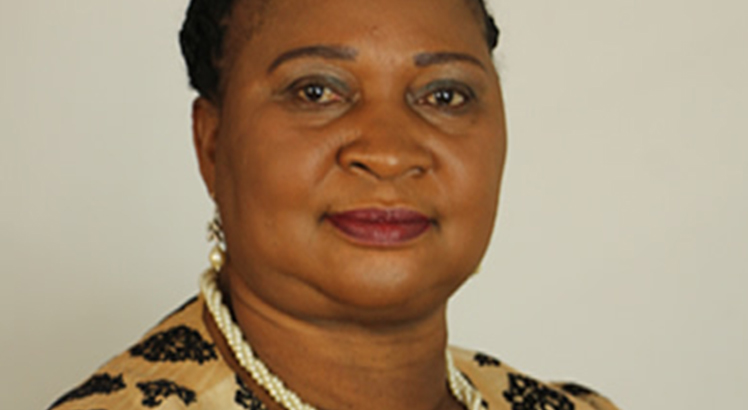Health delivery under threat
Weak financing mechanism will continue exposing Malawians to poor public health service delivery despite the country having an ambitious five-year Health Strategic Plan designed to provide universal quality health coverage, documents and officials indicate.
In a bid to overcome challenges in public health delivery, the Malawi Government in 2017 launched a Second Health Sector Strategic Plan to run up to 2022 “to achieve universal health coverage of quality, equitable and affordable health care” to the population.

But a review of a wide-range of reports from government, donors, non-governmental organisations (NGOs) and interviews with health experts paint a gloomy picture, largely due to shrinking funding.
The strategic plan requires about K2.4 trillion, an equivalent of the country’s national budget, from both donors and domestic resources to be fully implemented. The national health accounts report released in August this year shows that donors provide about 59 percent of the total health sector funding.
Our analysis show that in the past four financial years since the launch of the strategic plan, the allocation to the health sector has been K500 billion, an equivalent of 21 percent of the required resources.
In their analysis of the K2.2 trillion 2020/21 National Budget, Malawi Health Equity Network (Mhen) and Action Aid observed that Malawi’s per capita health spending was about half the World Health Organisation (WHO) recommended $34 (K26 000) and between $2 (K1 500) and $5 (K3 800) in rural areas.
With 85 percent of the population living in rural areas, it means most Malawians do not have access to quality health services, a situation that should be “a serious cause for worry”, according to Gowoka Chijere-Chirwa, a health economist and lecturer at Chancellor College, a constituent college of the University of Malawi.
In an interview, he said: “It simply means government is failing to provide quality health services to a majority of Malawians because the WHO set figure is just a minimal requirement.
“If essential quality service is $34 and we can only provide $2, it means we are only giving someone a small portion of what they deserve and to me this is a huge problem.”
During the last three financial years, allocation to the health sector remained way below the Abuja Declaration’s 15 percent of national budgets. The Mhen and Action Aid analysis show that funding to the country’s health sector stood at between nine percent and 10 percent of the recommendation.
The national health accounts report indicates that donors continue to provide the majority of resources in the health sector, at 58.6 percent of total health expenditure. It represents a slight decrease from 61.6 percent between 2012/13 and 2014/15.
Analysis of capital spending over the last seven years show minimal allocation even when the health sector is in dire need of infrastructure.
According to a 2016 Ministry of Health assessment, Malawi’s health infrastructure stock is aging and “has suffered from a lack of maintenance over many years, leading to deterioration in conditions and, in some cases, directly affecting service delivery”.
With the financing crisis in place, there is a conflict in policy statements. For instance, in the Malawi Growth and Development Strategy III introduction of user-fees is considered as one of the alternative sources of financing the health sector. But health rights activists are not comfortable with the proposal.
Mhen executive director George Jobe, whose organisation is a member of the Universal Health Coverage Coalition, said in his reaction in an interview: “We do not need user-fees or bypass fees in public hospitals as this will affect universal health coverage.
“Malawi is party to agreements that require that there is universal health coverage. We can look at other financing mechanisms without disadvantaging the poor.”
On the other hand, the Health Sector Strategic Plan 2 does not mention user-fees. Instead, the plan proposes other mechanisms, including creation of health fund and health insurance schemes.
The creation of the health fund is said to be awaiting agreement among key stakeholders and approval by Ministry of Finance. The assessment of the feasibility of a national health insurance scheme was completed and recommendations are being deliberated by relevant authorities.
On health financing, Jobe said: “We are saying the carbon tax should come back and finance health. We need a road levy because a lot of road accidents have an impact on health care system so this levy will help finance the health sector. We can introduce some levies on alcohol and other products to finance health, but not user-fees.”
His sentiments are echoed by Christopher Makwero, a lecturer in health systems management at College of Medicine—another Unima constituent college. He said user-fees would be a barrier to achieving universal health coverage.
Makwero said: “Malawi can finance its health sector by introducing a national health insurance system. National health insurance is a form of mandatory health insurance, but one that covers the entire population, including individuals who have not directly contributed to the scheme.”
The national health accounts report recommends to government the need to strive to regain donor confidence for increased funding.
But Chijere-Chirwa observes that there is an inherent danger in overdependence on donors, saying there could be a mismatch in priorities between the two parties.
“If a country has its own ways, we can easily do ‘horizontal programming’ [focus on all]. That is why, in some cases, we have had delays, increased corruption or even buying of expired things because things are done at the time the donor wants,” he argued.
In a written response, health rights activist Maziko Matemba said the biggest lesson in implementing the strategic plan is that Malawi should learn to depend more on its resources when coming up with such plans.
Both Minister of Health Khumbize Chiponda and the ministry’s Principal Secretary Charles Mwansambo had not responded to our questionnaire by press time.
Mwansambo referred our inquiry to the director of planning Kettie Langwe.
When contacted, Langwe said the ministry was currently doing a review of the implementation of the strategic plan and will only be able to comment once the report is out.
At $40.1, Malawi’s average per capita spending on health over the period was the lowest in the Southern Africa Development Community region, whose per capita average health spending is $228.8.





